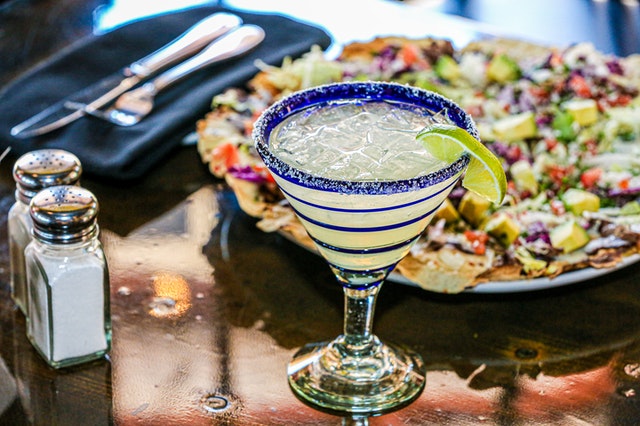One food that I have always loved is chips and salsa, especially when I go out to dinner or when we are waiting for dinner to cook while we are at our cabin. I think what I love about chips and salsa so much is not only how delicious it is, but just the act in general of dipping the chips in the salsa and the conversations that happen when everyone is gathered around the bowl of salsa. However, the more I ate chips and salsa, I noticed a pattern in my behavior. Not only did I WAY overeat on the chips and salsa, but then I’d also proceed to eat way more than I needed to the rest of that day and then sometimes my overeating even carried into the next day. This overeating did not fall in line with my health and fitness goals and so after my overeating was done, I’d find myself angry and frustrated that I’d let myself lose control and lose sight of what was most important to me.
With this new potential insight about myself, I decided to do a little experiment. One day when the chips and salsa were in front of me, I didn’t eat them. I then observed my behavior and saw that I wouldn’t overeat that day or the next. The next time chips and salsa were in front of me, I ate them and observed I overate again.
Through this experiment I realized that chips and salsa are a trigger food for me. A trigger food is defined as any food that “sets off a course of overeating where control is lost”. Trigger foods can be a form of sabotage when you are trying to lose weight as they “trigger” you to do behaviors which do not align with your weight loss goals. So how can you avoid this from happening to you? The first step is awareness. You cannot change what you are not aware of. Begin to observe your eating habits throughout the day, especially those times when you overeat, and see if you notice a pattern. Trigger foods typically such foods as candy, chips, ice cream, etc. Just as a heads up, this first step may take a little time as patterns don’t always emerge right away.
Once you’ve identified a particular food that causes you to overeat, eliminate it from your diet for at least two weeks. By putting a short time frame on the restriction, it makes it seem a bit more manageable and it gives you permission to implement it back into your diet if you want to after the two weeks are over. During this time frame, ensure that the triggering food is not in your environment as it’s much easier to stay away from something that is not right in front of your face. Also, during this time frame, notice when you want this particular food the most. Is it when you are tired? Is it when you are feeling a particular emotion (sad, angry, happy)? Is it when you are bored? Is it out of convenience you reach for it? There can be many times we eat something for other reasons besides being hungry.
After the two weeks are over, really evaluate whether you want to add the trigger food back into your diet. Ask yourself questions like “How do I feel without this food”, “Will this food help me to reach my weight loss goals”, “Why do I really want this food in the first place”. You may find that after the two weeks you may not even crave the food anymore or by asking yourself some of these reflections questions you may realize it is not even worth it to add it back in. However, if after you’ve really thought about it, and want to eat the food again, then eat it. After you’ve eaten the food, just take the opportunity to observe how you feel both physically and emotionally. It is totally okay if you chose to eat the food and then realized it wasn’t such a great idea. You can start again the next day!
There are so many things that can sabotage our weight loss goals. But by becoming aware of our actions and taking the time to see what works for us are the first steps to lasting, sustainable weight loss.

